The cost of running an oven in New Zealand: A buyer’s guide for 2024
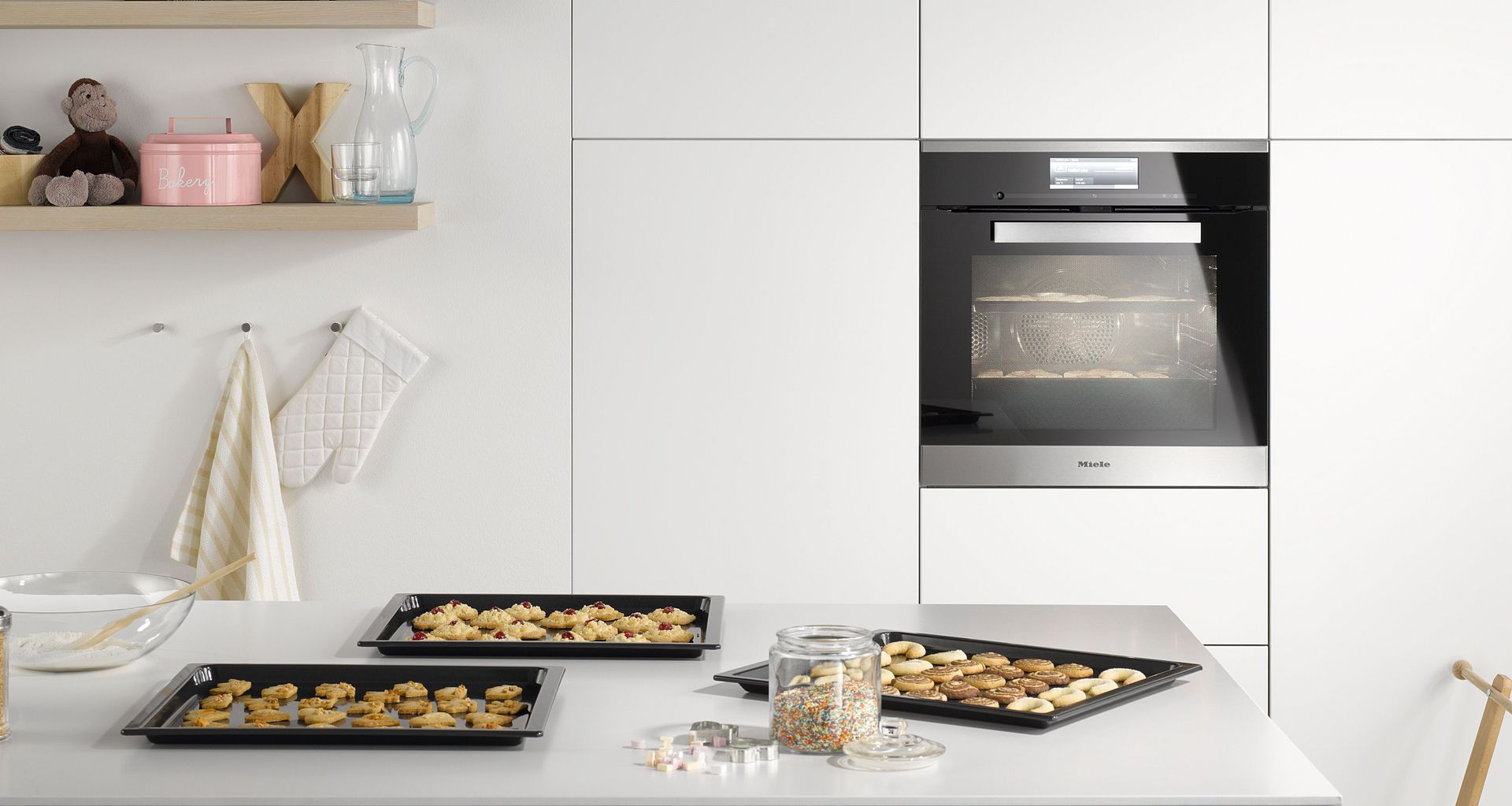
Understanding the annual costs associated with operating your kitchen oven will offer you valuable insights for managing your overall household expenditures. This involves assessing the power consumption, estimating your average usage patterns, and applying local energy rates in your area. By evaluating these variables, you can choose an oven that suits your cooking needs while aligning with your budgetary goals.
How to calculate the cost of running an oven
When it comes to calculating energy consumption, kilowatts (kW) are used to measure electricity, while megajoules (MJ) are used to measure gas. Fortunately, there are simple equations that can help you estimate the operating costs for various types of ovens at home.
Cost of running an electric oven
Here's a breakdown of variables to work out the running costs for an electric oven:
- Power Consumption (kW): The amount of power the oven uses, typically provided by the manufacturer.
- Usage Time (hours): How long the oven is used.
- Electricity Rate (per kWh): The cost of electricity per kilowatt-hour. According to Canstar Blue, the average electricity cost in New Zealand is approximately $0.30 per kWh (as of the latest data).
The following formula can then be applied:
Daily Running Cost = Power Consumption (kW) × Usage Time (hours) × Electricity Rate (per kWh)
For example, if you're considering an electric oven with the following specifications:
- Power Consumption: 2.5 kW
- Usage Time: 1 hour per day
- Electricity Rate: $0.30 per kWh
The daily cost of running this electric oven would be:
Power consumption (2.5 kW) x Usage Time (1 hour) x Electricity Rate ($0.30) = $0.75 (daily running cost)
To find the monthly costs, simply multiply the daily cost by the number of days in the month:
$0.75 daily cost x 30 days = $22.50 (monthly running cost)
And to determine the annual cost multiply the daily cost by 365 days:
$0.75 daily cost x 365 days = $273.75 (annual running cost)
Obviously, the running cost will vary from day to day, and you can be as specific as you want in your calculations. However, providing a rough estimate of your daily running costs is sufficient to give you a clear idea of your oven's annual running expenses.
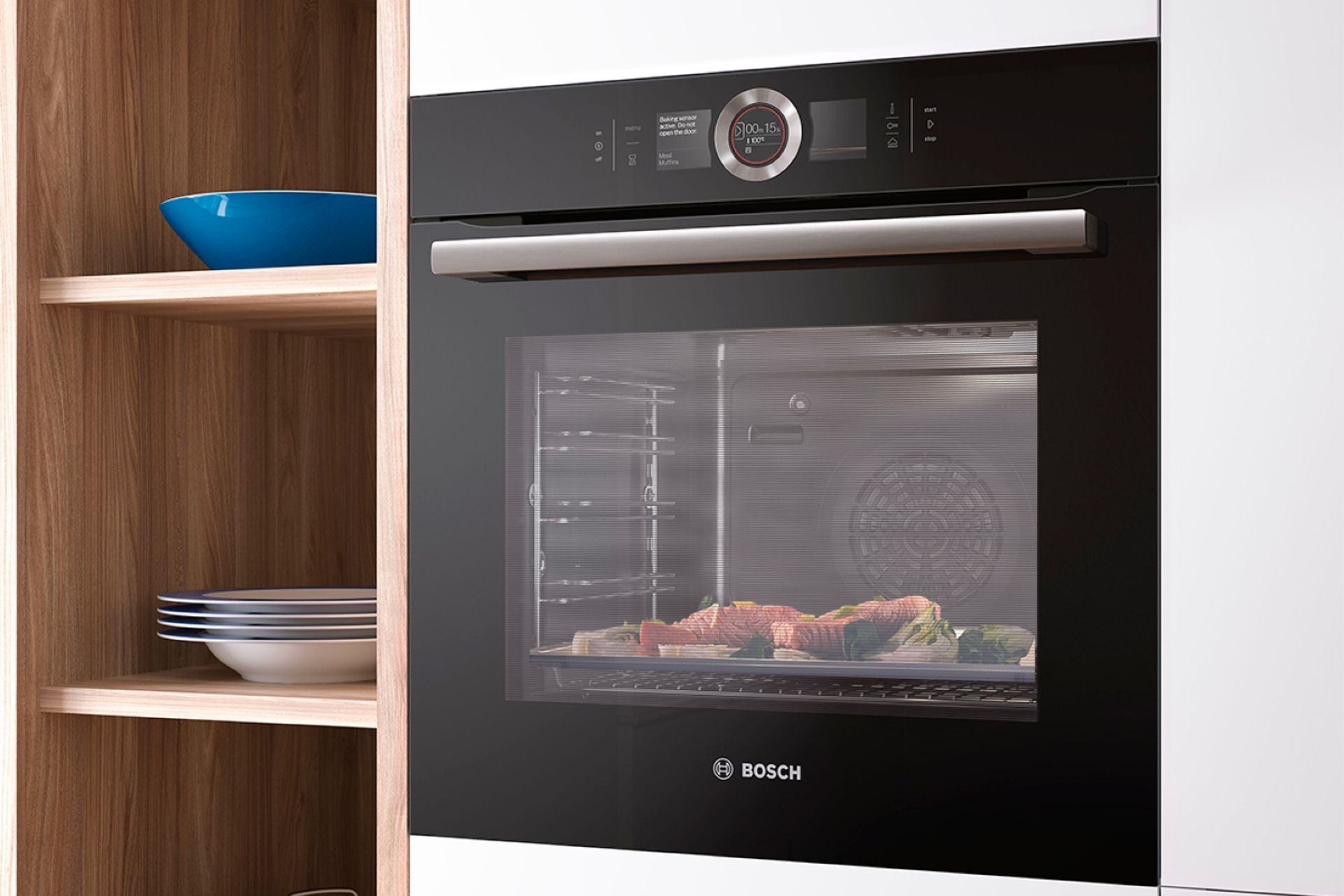
Cost of running a gas oven
With gas being a different type of fuel source from electricity, the energy consumption for gas ovens is often expressed in megajoules (MJ). However, gas companies in New Zealand, typically measure and charge gas in kilowatt-hours (kWh). This means a conversion from megajoules (MJ) to kilowatts (kW) is required to get the power consumption.
1 MJ = 0.27778 kW
Having done this conversion, you can then use the standard formula below to calculate the daily running cost of your gas oven.
Daily Running Cost = Power Consumption (kW) x Usage Time (hours) x Gas Rate (per kWh)
So, taking a gas oven with the specifications below, the following calculation would arise:
- Energy Consumption of Oven: 10 MJ
- Usage Time: 1 hour per day
- Gas Rate: $0.11 kWh
Megajoule to kilowatt conversion for power consumption: 10 MJ = 2.7778 kW
2.7778 (power consumption) x 1 (usage time) x 0.11 (gas rate) = $0.3056 (daily running cost)
You can then easily estimate your annual running costs.
$0.3056 daily cost x 365 days = $111.54 (annual running cost)
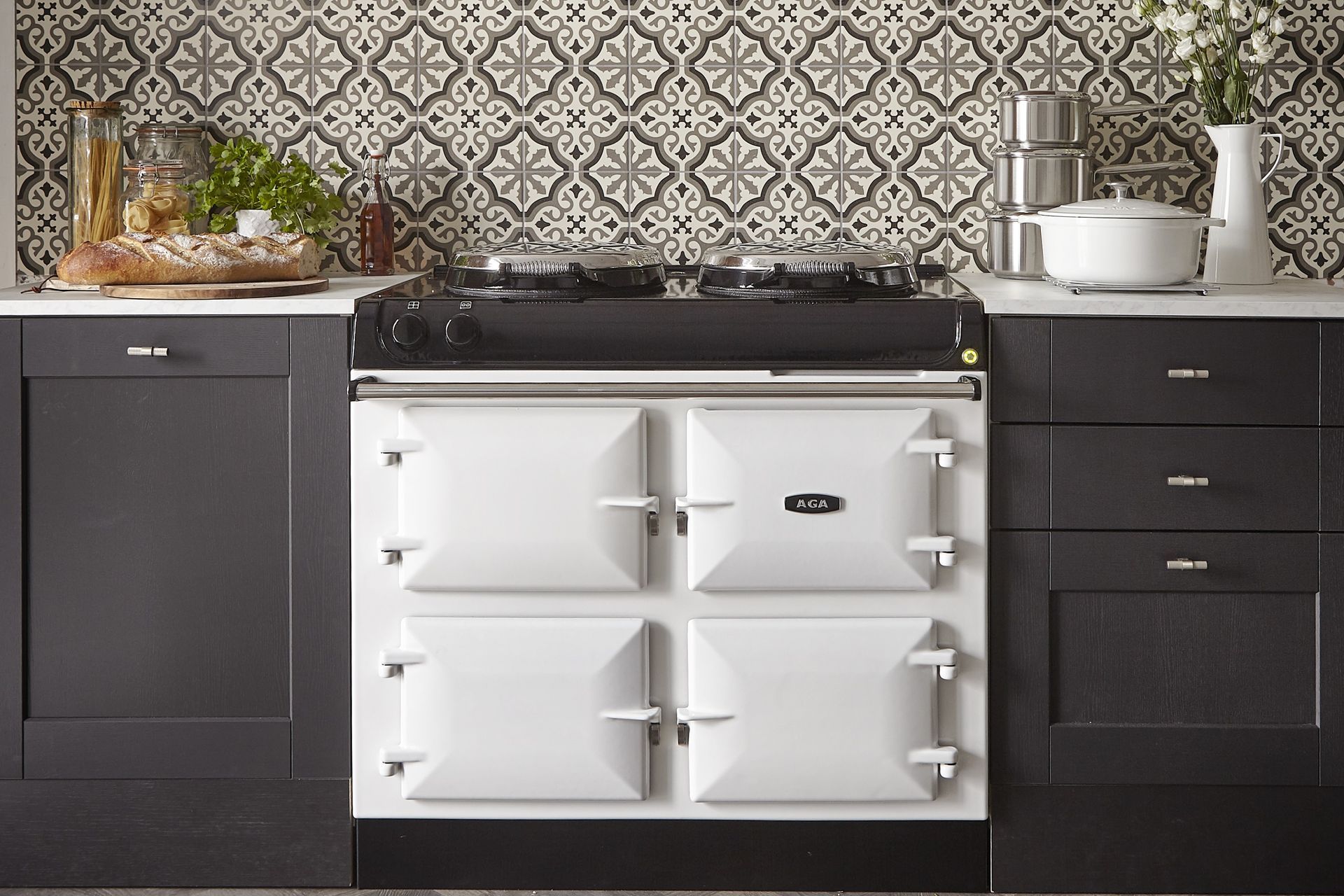
Types of ovens and their energy consumption
When you begin your search for a new oven, you'll quickly realise there are several different types to choose from, each with unique attributes that can affect operating costs. For instance, gas ovens have different fuel requirements than electric ones, and steam ovens are known for consuming less energy. Understanding the type of oven you are purchasing is crucial, as it will help you estimate the annual running costs and manage your household expenses more effectively.
Electric ovens
Electric ovens are the most commonly used ovens in New Zealand homes due to their reliability and widespread availability. These ovens offer a versatile cooking experience that is appreciated for their ease of use and precise temperature control. Whether baking delicate pastries or roasting meats, electric ovens ensure consistent results due to their even heat distribution throughout the cooking chamber. Also, their popularity stems from adaptability in various kitchen setups with the convenience of electric power, which is readily accessible in most residential areas across the country.
Average energy consumption: Between 2-3 kWh
Advantages:
Electric ovens are known for their efficient and consistent cooking performance. They provide even heat distribution, which ensures that food cooks evenly throughout. This reliability makes them ideal for baking delicate pastries or roasting meats perfectly.
Disadvantages:
One drawback of electric ovens is their potentially higher operating costs than gas ovens. Electricity rates can vary, and running an electric oven for extended periods may lead to higher utility bills over time, especially if used frequently.
Pro tip:
Utilise an electric oven's convection settings to optimise energy use and cooking efficiency. Convection cooking uses a fan to circulate hot air inside the stove, reducing cooking times and temperatures while ensuring even results.
Related article: 5 of the best freestanding ovens in New Zealand
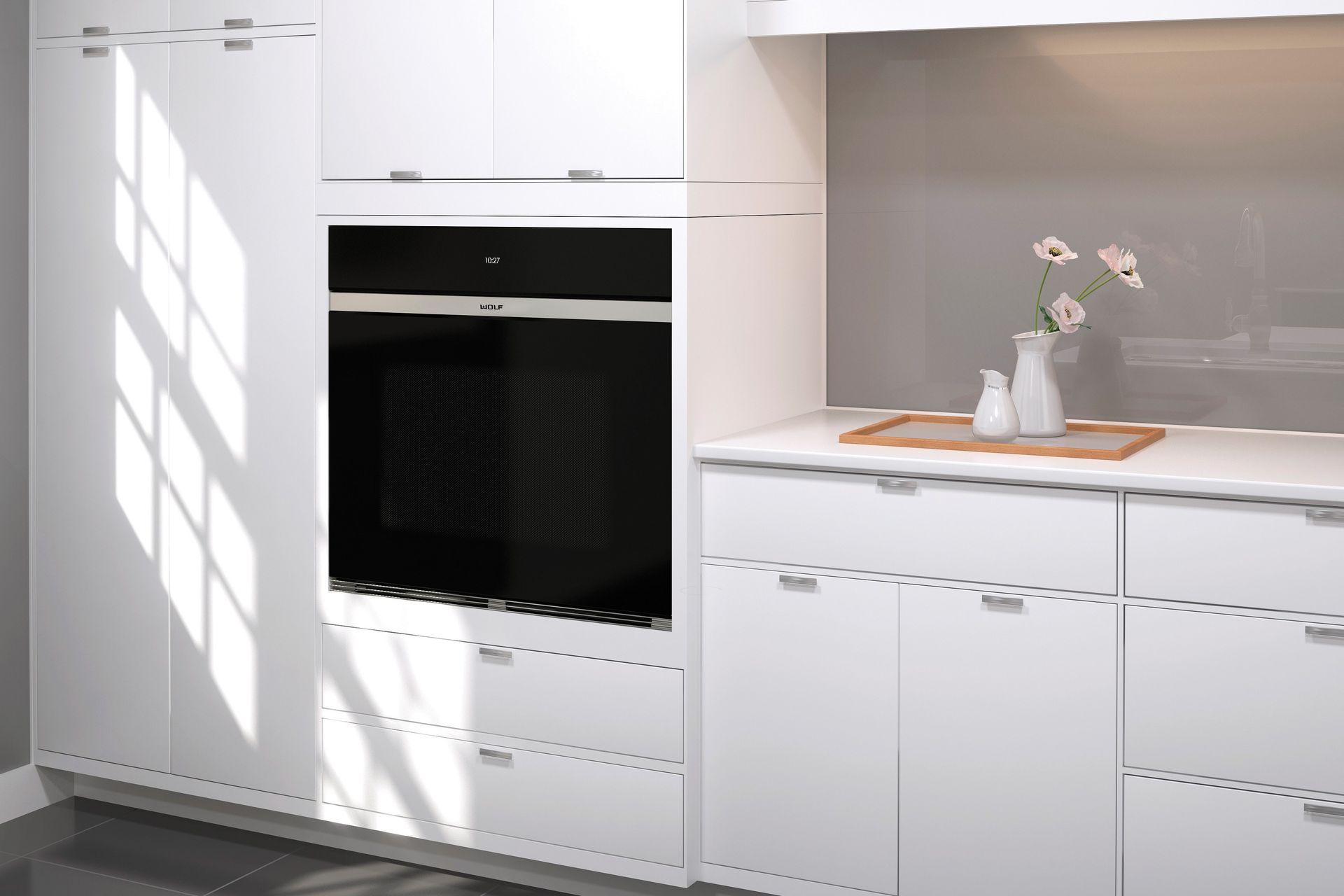
Gas ovens
Gas ovens are renowned for their energy efficiency and reliable cooking performance. This type of oven uses natural gas or liquefied petroleum gas (LPG) as its fuel source, which provides quick heating as an added benefit to the kitchen appliance. Furthermore, its quick heating ability allows it to maintain consistent heat throughout the cooking process, which is ideal for baking, roasting, and boiling. Additionally, modern gas ovens will usually come equipped with features that enhance household usability and safety.
Average energy consumption: Between 10 - 18 MJ/h
Advantages:
Gas ovens are known for their cost-effectiveness due to the generally lower price of natural gas or LPG compared to electricity. This makes them a preferred choice for households looking to reduce energy expenses while enjoying an energy-efficient cooking performance.
Disadvantages:
One drawback of gas ovens is their relatively limited temperature control compared to electric models. While modern gas ovens have improved in this aspect, they may not offer the same precise temperature regulation, which can be critical for certain baking and cooking techniques.
Pro tip:
Gas ovens heat up quickly; however, preheating the entire oven when it's not needed can use a significant amount of energy. To reduce the amount of energy used, consider preheating only the part that you'll be using.
Steam ovens
Steam ovens are gaining popularity because they can cook food with moisture, resulting in healthier and more flavourful dishes. Steam is the primary cooking method, and it allows nutrients, moisture, and natural flavours to be retained in the meal. This cooking technique is not only efficient but also reduces the need for added fats or oils, making it a preferred choice for health-conscious individuals. Additionally, steam ovens are valued for their versatility, offering precise temperature control and the ability to combine steam with traditional convection heating for optimal cooking results.
Average energy consumption: Between 0.8 - 1.5 kWh
Advantages:
Steam ovens offer a healthier cooking method by preserving nutrients, moisture, and natural flavours in foods. This makes them an excellent choice for health-conscious individuals looking to maintain a nutritious diet without sacrificing taste.
Disadvantages:
One drawback of steam ovens is their typically higher up-front cost compared to conventional ovens. A midrange steam oven costs between $3,500 and $5,000, whereas a midrange electric oven costs between $1,000 and $2,000. The advanced technology and specialised features that enable steam cooking often come at a premium price, which may be a consideration for budget-conscious consumers.
Pro tip:
Steam ovens will typically offer adjustable steam levels, allowing you to choose the right amount of steam for your cooking needs. Using the lowest effective steam level can save energy, especially for smaller dishes or quick steaming processes.
Combination ovens
Combination ovens offer a unique approach by providing you with more than one method to cook your food. These ovens typically combine conventional oven functions with features like microwave, grill, convection, and sometimes steam cooking. Each of these heating methods offers its own attributes to your kitchen. The ability to switch between different cooking methods creates a customised culinary approach to making your meals. Combination ovens employ advanced technology to manage these heating methods seamlessly, providing convenience and flexibility in culinary tasks while maintaining food quality and flavour.
Average energy consumption: Between 1.0 - 2.0 kWh
Advantages:
Combination ovens offer unparalleled versatility by integrating multiple cooking methods into a single appliance. They combine features such as microwave, convection, grill, and sometimes steam cooking capabilities. This versatility allows users to cook a wide range of dishes efficiently and effectively, from reheating leftovers quickly with the microwave function to achieving crispy textures with the grill or convection settings.
Disadvantages:
One drawback of combination ovens is their typically higher initial cost compared to traditional ovens. The advanced technology and multifunctional capabilities that enable various cooking methods often come with a premium price tag that averages between $4,000 - $5,000. This may be a consideration for budget-conscious consumers when choosing kitchen appliances.
Pro tip:
Combination ovens often have a microwave mode that can cook small items quickly and efficiently. Use this mode for tasks that don't require the full capabilities of the oven, like reheating small portions or melting butter.
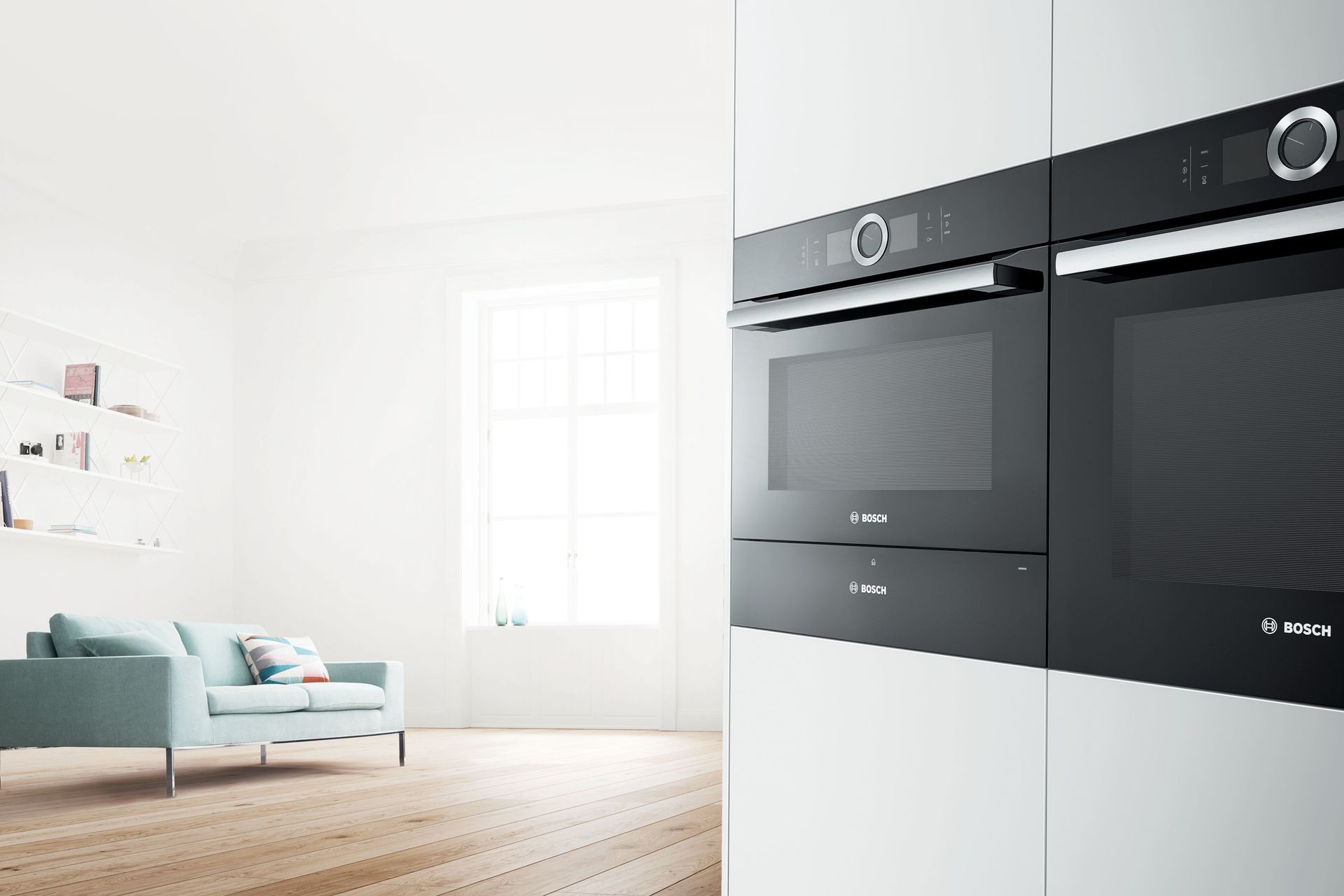
Other factors that influence oven running costs
Energy star ratings
Ovens with higher Energy Star ratings are more efficient and cost less to run, as they use less energy to achieve the same cooking results. Choosing an oven with a high energy rating can lead to significant savings on your energy bills over time.
Size and capacity
An important factor to consider when calculating the operating costs of your new oven is its size and capacity. In general, larger ovens (90cm / 70 litres or more) consume more energy simply because they have a greater volume that requires more time and energy to heat up to the desired cooking temperature. An easy frame of reference is that larger ovens (90cm / 70 litres+) can hold a roast that can feed a family of four. Average size ovens (70cm/ 45 to 70 litres) can cook a roast that can feed two people. Finally, small ovens (60cm / 30 to 45 litres) can cook a meal for one person.
Local energy costs
Local energy costs significantly impact oven running costs. The cost per kilowatt-hour (kWh) for electricity directly affects the expenses associated with operating electric ovens, while the cost per megajoule (MJ) for gas influences the running costs for gas ovens. As such, understanding your local electricity and gas rates is crucial for accurately estimating and managing your oven's operating costs.
Cooking habits
Your cooking habits and methods can greatly influence the energy consumption of your oven. For instance, baking and roasting typically require the stove to be on for longer periods and at higher temperatures, leading to increased energy consumption compared to grilling or using the stovetop, which generally requires less time and lower temperatures.
Time of use
The time of use can affect the cost of running an oven, especially if you are on a variable rate plan with your electricity provider. Variable rate plans typically offer lower rates during off-peak hours, which are times when overall electricity demand is lower, such as late at night.
Practical tips to reduce oven running costs
Regular maintenance
Cleaning your oven on a regular basis, along with the seals and interior, will keep it well maintained. When your oven is cleaned and well-kept, it will operate more efficiently since dirt and grease can interfere with heat distribution. Also, be sure that vents are clear and free from anything that blocks them to allow optimal airflow.
Utilise-energy saving modes
Most modern-day ovens have energy-saving modes, such as conventional cooking or eco-friendly settings. These modes use energy by circulating hot air, reducing overall energy consumption. Once you familiarise yourself with these settings, you can maximise your oven's energy efficiency.
Take advantage of residual heat
Residual heat is the temperature retained in your oven after it has been turned off. You can reduce your energy consumption by turning off the stove a few minutes early and allowing the food to finish cooking with residual heat. You can also use this heating method to warm plates before serving your cuisine.
Self-cleaning functions
Self-cleaning ovens feature pyrolytic cleaning, which heats the oven to high temperatures that turn food residues into ash to be easily wiped away. Although this process uses significant energy, it improves overall efficiency by keeping the oven clean. Steam cleaning is another method that uses less energy by softening residues with steam for easier cleaning.
Steam assist
Steam assist ovens use steam injection during cooking to enhance efficiency and improve food quality, especially in baking and roasting. This feature helps maintain moisture in the food, resulting in better texture and flavour while reducing energy consumption.
Automatic cooking programs
Automatic cooking programs optimise cooking settings for specific dishes, ensuring energy-efficient operation tailored to the food being prepared. These preset programs adjust temperature and cooking time automatically, improving convenience and reducing energy waste.
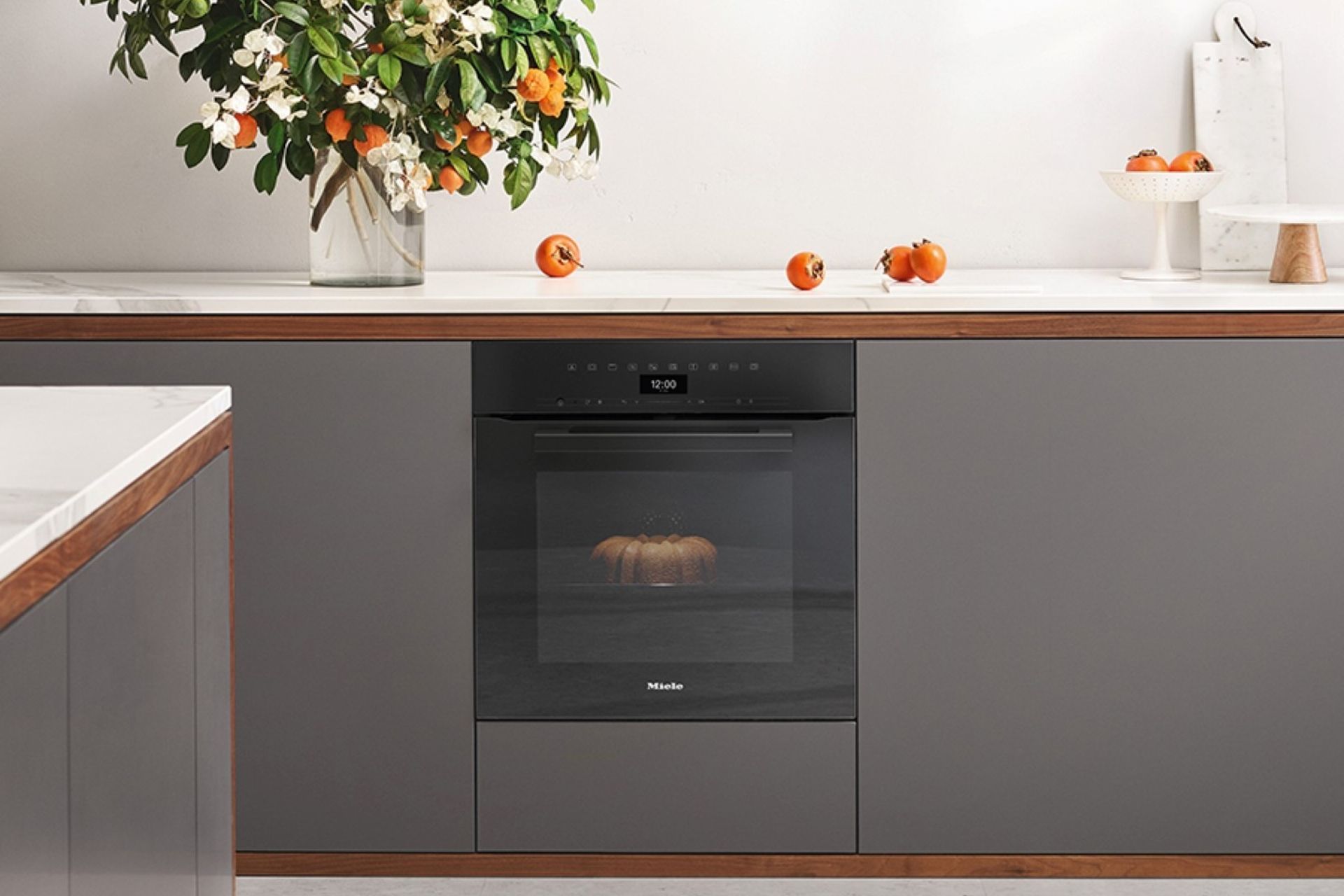
Understand an oven's running costs before you buy
Understanding the cost of running an oven in New Zealand is crucial for managing household expenses. By calculating the power consumption, usage patterns, and local electricity or gas rates, you can make informed decisions about your oven's energy consumption. This knowledge allows you to choose the type of oven that best fits your needs and supports your household budget. By incorporating these insights, you can select an oven that matches your cooking style while keeping energy costs in check.
Related article: The true cost of buying a fridge in New Zealand
